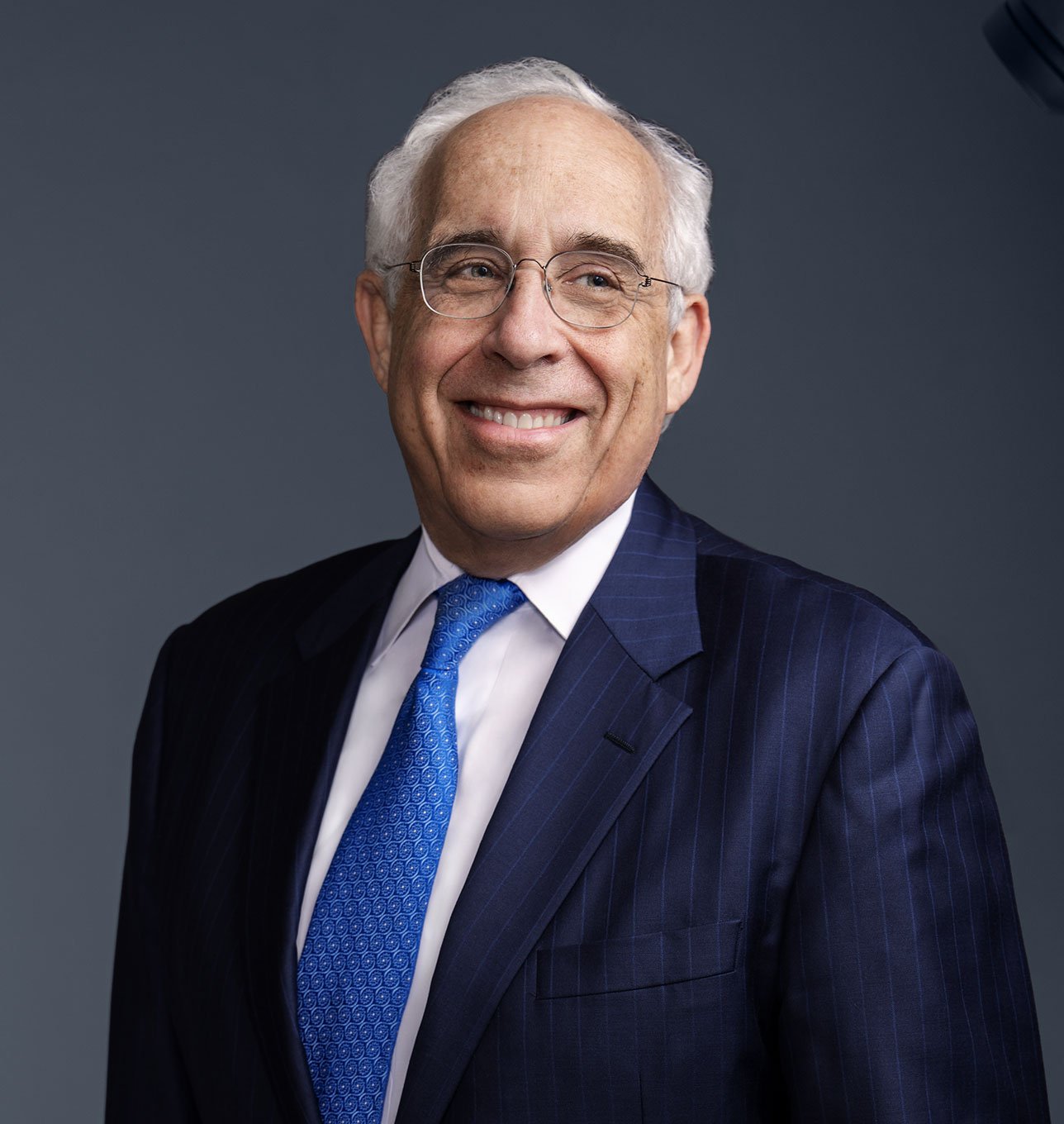Supreme Court Orders Oral Argument on President's Decision to Remove Federal Reserve Governor Lisa Cook
In an order issued on October 1, the Supreme Court allowed Federal Reserve Governor Lisa Cook to remain in office—leaving in place for now the lower court orders putting on hold President Trump’s decision to remove her. The President had sought to remove Governor Cook “for cause” under the Federal Reserve Act’s for-cause removal provision. The Supreme Court scheduled oral argument on the issue for January 2026, indicating that it—and not the lower federal courts—will decide the legal issues that govern whether President Trump’s dismissal may take effect.
Background
Most federal agencies (for example, cabinet departments such as the Treasury Department) are headed by officials who serve at the pleasure of the President. The Supreme Court has long held that the President may remove such officials at will, and that the Constitution generally limits Congress’s ability to restrict that removal power.1 Beginning with its creation of the Interstate Commerce Commission in 1887, however, Congress established a separate category of “independent” agencies more insulated from presidential control.
Those agencies typically are headed by multi-member commissions with members who serve for a fixed term of years and can be fired by the President only for “cause.” Examples include the National Labor Relations Board, Consumer Product Safety Commission, Commodity Futures Trading Commission, among others. In contrast, the Comptroller of the Currency—which, like the Federal Reserve, regulates the nation’s banks—is not subject to a removal restriction and is thus removable at will by the President.
Since returning to office in January 2025, President Trump has taken the position that these restrictions on his removal authority violate the Constitution, because Article II “vest[s]” the “executive Power” in the President. He contends that these agencies exercise executive power and therefore must be subject to his control. That argument gains significant support from recent Supreme Court decisions invalidating statutory provisions limiting the President’s authority to remove the director of the Consumer Financial Protection Bureau and the director of the Federal Housing Finance Agency.2
Acting on this view, President Trump has undertaken several high-profile efforts to assert greater control over independent agencies by taking steps to remove officials who, by statute, serve fixed terms subject only to for-cause removal protections. For example, the President removed members of the National Labor Relations Board and the Merit Systems Protection Board. Those officials challenged their dismissals, and lower federal courts granted injunctive relief restoring them to their positions. The government sought relief from the Supreme Court, which stayed the injunctions and allowed those removals to proceed pending resolution of the merits of the removed officials’ challenges to the President’s actions. In that decision, the Court rejected the officials’ argument that holding the for-cause limitation on the President’s removal authority with respect to those agencies unconstitutional would necessarily invalidate the for-cause restriction on removal of Federal Reserve Board governors, stating: “The Federal Reserve is a uniquely structured, quasi-private entity that follows in the distinct historical tradition of the First and Second Banks of the United States.”3
The President next removed a commissioner of the Federal Trade Commission without cause—and the Supreme Court allowed that decision to take effect, staying a lower court ruling that would have allowed the commissioner to remain in office. At the same time, the Court granted review of the question whether the statutory removal protections for members of the Federal Trade Commission violate the separation of powers and, if so, whether its 1935 decision in Humphrey’s Executor v. United States upholding those protectionsshould be overruled. Given the Court’s prior decisions, it seems likely it will hold that removal restriction unconstitutional.
The President’s attempt to remove Federal Reserve Governor Lisa Cook raises a separate doctrinal issue.
Unlike the recent removals discussed above, the President ordered the removal of Governor Cook “for cause,” citing allegations of mortgage fraud as the basis for her removal. The Federal Reserve Act states that members of the Board of Governors shall serve fourteen-year terms “unless sooner removed for cause by the President.” 12 U.S.C. § 242. Governor Cook’s subsequent challenge to her removal therefore implicates the parameters of the Federal Reserve Act’s for-cause removal restriction rather than the constitutionality of that restriction.
Arguments Before The Court
Governor Cook filed suit in federal court challenging her removal, arguing that the President violated the Federal Reserve Act’s for-cause removal protections and deprived her of due process in violation of the Constitution. The district court agreed with Governor Cook and blocked her removal.
The government immediately appealed and sought a stay of the district court’s order. A divided D.C. Circuit denied the government’s request by a 2-1 vote, with Judge Katsas dissenting. The government then sought a stay from the Supreme Court.
On October 1, the Supreme Court declined to issue a stay, and instead ordered oral argument on the government’s stay application in January 2026. Although the Court’s eventual decision will technically address the question whether to grant a stay of the lower court order, the decision is likely to address the merits of some, if not all, of the parties’ arguments.
The government’s stay application raises a number of issues. The government asserts that it was likely to succeed on the merits of Governor Cook’s due process claim because principal officers under the Appointments Clause of the Constitution—unlike tenure-protected government employees—have no property right to their offices and therefore are not entitled to notice and an opportunity to be heard prior to dismissal. Further, even if due process applied, the government asserts that Governor Cook received adequate process because the President gave her notice of the charges and an opportunity to respond, which she purportedly declined to do.
On the statutory claim, the government contends that the “for cause” removal provision in the Federal Reserve Act commits the determination of cause to the President’s unreviewable discretion. At minimum, the government argues, Governor Cook’s alleged misrepresentations in her mortgage applications amount to sufficient cause because they reflect dishonesty and raise doubts about her competence as a federal regulator. The government also argues that reinstatement is an improper equitable remedy and that allowing Governor Cook to remain in office against the President’s judgment causes irreparable harm to the Executive Branch and undermines confidence in the Federal Reserve.
Governor Cook argues that the President’s request for emergency relief is premature and unfounded. She stresses that the statutory “for cause” removal protection is judicially reviewable and that the President’s allegations do not constitute legally recognized cause, particularly where they concern pre-office conduct. Judge Katsas addressed this point in his dissent from the D.C. Circuit’s decision to deny a stay. He noted that it would make little sense to categorically exclude pre-office conduct from the “for cause” analysis, since serious misconduct—such as bribing a senator to secure confirmation—would plainly call into question an official’s integrity and competence to hold office. Governor Cook also argues she was denied legally required process, including notice and a meaningful opportunity to contest the allegations.
On the equities, Governor Cook emphasizes that she continues to serve and participate fully in the Federal Reserve Board of Governors’ work. In her view, the injunction preserves the status quo, while a stay would destabilize financial markets and signal that the Federal Reserve is subject to political retaliation. She notes that the President has no urgent need for immediate removal and that granting a stay would irreparably harm both her rights and the public interest in maintaining central bank independence. As Judge Katsas noted in his dissent, however, the government has an especially strong interest in immediate removal “where the removal is based not on the President’s policy preferences, but on serious accusations of misconduct that call into question an officer’s competence and trustworthiness.”
The stay proceedings attracted a number of significant amicus briefs. A coalition of former Treasury Secretaries, Federal Reserve Chairs and Governors, Council of Economic Advisers Chairs, and leading economists filed in support of Governor Cook, emphasizing the central importance of the Federal Reserve’s independence. They argue that allowing Governor Cook’s removal during pending litigation would erode confidence in the Federal Reserve’s independence, destabilize monetary policy, and risk higher inflation and borrowing costs. Another amicus brief, filed on behalf of nearly two dozen states in support of the President, argues that Cook is not entitled to reinstatement even if her removal was unlawful and that, in any event, the equities do not support her temporary reinstatement to office given the seriousness of the allegations against her.
1 See Myers v. United States, 272 U.S. 52 (1926).
2 See Seila Law LLC v. CFPB, 591 U.S. 197 (2020); Collins v. Yellen, 594 U.S. __ (2021).





